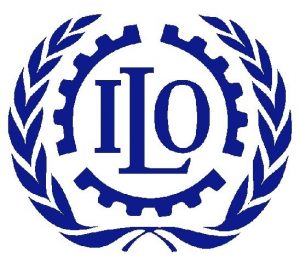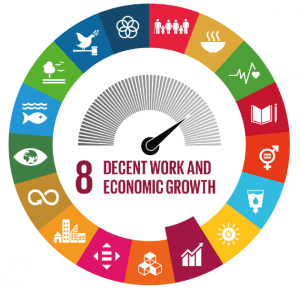Table of Contents
Related pages
Introduction
The working poor are employed people who live in households that fall below an accepted poverty line. While poverty in the developed world is often associated with unemployment, the extreme poverty that exists throughout much of the developing world is largely a problem of employed persons in these societies. For these poor workers, the problem is typically one of employment quality. Reducing poverty in line with the SDGs therefore necessitates boosting the employment opportunities and incomes of the working poor – those people who are employed, but who are nevertheless unable to lift themselves and their families above the poverty threshold.
Data catalogue
| Indicator | Frequency | Database | Subject | Download (with labels) | Download (with codes) | Data explorer |
|---|---|---|---|---|---|---|
| SDG indicator 1.1.1 - Working poverty rate (percentage of employed living below US$2.15 PPP) (%) | Annual | SDG Labour Market Indicators (ILOSDG) | Working poverty | .csv .dta .xlsx | .csv.gz | |
| Employment by sex, age and economic class -- ILO modelled estimates, Nov. 2024 (thousands) | Annual | ILO Modelled Estimates (ILOEST) | Working poverty | .csv .dta .xlsx | .csv.gz |
Latest posts
Methods

ILO Modelled Estimates (ILOEST database)
Discover the methods behind the ILO’s modelled estimates on labour force statistics (including the working poor), labour productivity, wage growth and labour migration.

Employment and economic class in the developing world
This paper introduces a model for generating national estimates and projections of the distribution of the employed across five economic classes for 142 developing countries over the period 1991 to 2017. The national estimates are used to produce aggregate estimates for eight developing regions and for the developing world as a whole.
Publications
Note: Many publications are available only in English. If available in other languages, a new page will open displaying these options.
The working poor… or how a job is no guarantee of decent living conditions
This issue of ILOSTAT’s Spotlight on work statistics focuses on employed people living in extreme poverty around the world. Using ILO’s global estimates of employment by economic class, it shows the great progress achieved during the last few decades in reducing working poverty in the world, and how more effort is still needed to completely eradicate it, particularly considering the strong regional disparities.




